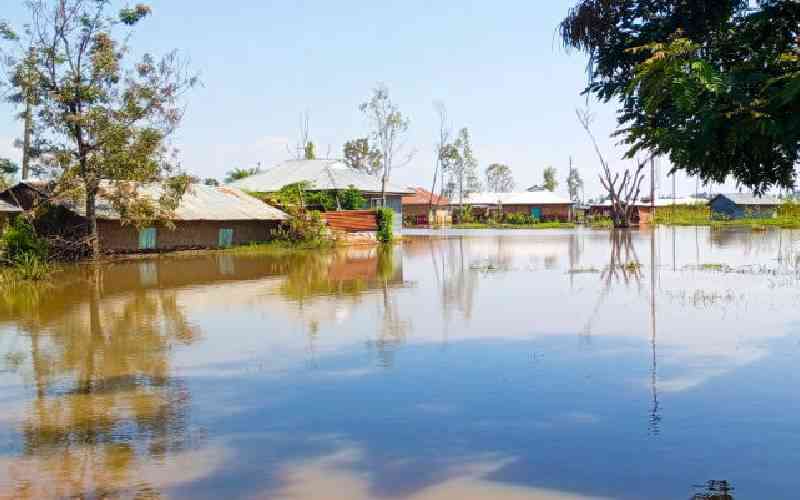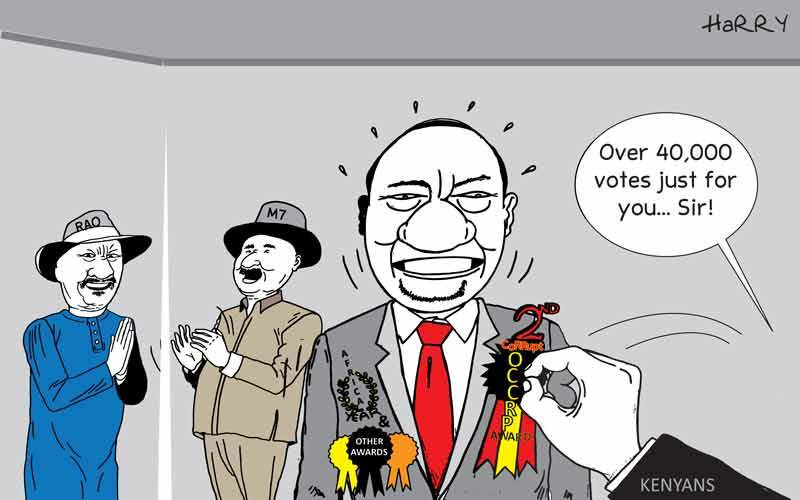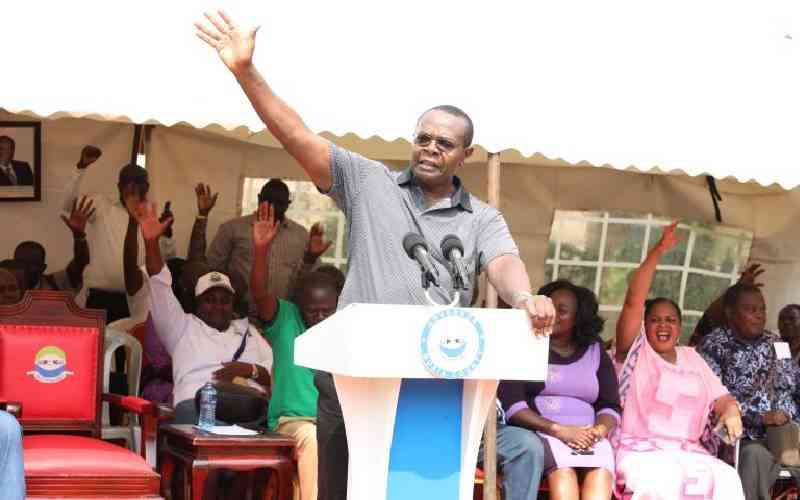In Africa, dry lands make up about 43 per cent of the continent’s land surface and account for about 75 per cent of the area used for agriculture. They are home to about 50 per cent of the population, including many poor rural communities.
There are many complex interactions that continue to increase vulnerability in dry lands, jeopardising the livelihood of millions. It is not surprising that a recent African Development Bank meeting in Zambia identified the need to mitigate challenges of climate change and feeding the continent as one of its key focus areas.
Africa Harvest is proud to be aligned with the thinking of the AfDB as demonstrated by some of its projects. In partnership with like-minded organisations – more specifically the Kenya Agricultural and Livestock Organisation (KARLO) and the International Crops Research Institute for the Semi-Arid Tropics (ICRISAT) – Africa Harvest is implementing projects that bring hope to rural communities living in these harsh Arid and Semi-Arid Lands (Asals) ecologies.
The guiding objective is to facilitate and enhance access to improved varieties, technologies, and products from high-end public and private research systems to smallholder agro-pastoralist in these areas, and use the whole value chain strategy to increase crop or livestock productivity with access to market for surplus to generate income. With ICRISAT, we have successfully introduced high yielding sorghum varieties and legumes, with successful household food security. With the youth and women in another International Fund for Agricultural Development (IFAD)-funded project called FOSEMS, we have introduced daily goats and diverse chicken breeds for nutrition and entrepreneurship.
All Africa Harvest projects in the Asals have a strong public-private partnership approach. Based on previous experiences, before deciding on the intervention, the market is first identified. Thereafter, the whole value chain is streamlined, focusing on satisfying the identified market.
Sustainable agriculture
This requires sourcing of high-yielding seeds, training the farmers in good agronomy, lining up production and marketing interventions, catalysing agri-business ventures (especially for youth and women) and increasing the integration of smallholder producers into high value chains.
An example is the Development of Commercially Sustainable Sorghum for Multiple Uses Value chain in Kenya and Tanzania (SMU), which has, so far catalysed the sale of 49,000 metric tonnes of surplus sorghum grain to a variety of end users: malting, animal feed, human food and relief supplies. A total of USD 16 million has thus been injected into local, rural economies in Kenya and Tanzania through this program alone. The potential to impact livelihoods is thus significant when you consider the many uses that sorghum grain can be put to. Demand by the poultry feed manufacturers in Kenya alone is estimated at not less than 200,000 metric tonnes (annually) while that in the Malting industry is 60,000 metric tonnes. Integrating smallholder producers in these value chains will not only enhance food, income and nutrition security in rural households but also help drive economic growth, job creation as well as reduce the huge import bill that Kenya has to contend with.
The SMU project was funded by the International Fund for Agricultural Development (IFAD); Africa Harvest worked in partnership with ICRISAT. The project helped farmers tap into the sorghum regional market by aggregating their produce. Some 62,937 farmers are able to access information through the aggregation centres helping reduce their input costs and indirectly address the problem of food and nutrition insecurity.
There is urgent rethinking needed to mitigate climate change in Kenya’s dry-lands. We have learnt three key lesson in the six years that we have implemented projects in the dry-lands. First, there is no quick-fix.
While short-term funding and interventions are critical, taking a long-term view of the development challenges in these regions protects the initial investment and leads to unlocking of maximum value for the target communities.
Second, it is impossible to make a difference without building strong institutional partnerships, to create diversity of improved crops varieties, ideas, experiences and lessons learnt, with different organizations contributing in their area of strength. ICRISAT and KARLO’s experience in crop improvement research, especially its focus on drought-prone areas of the tropics and Africa Harvest’s strength in community engagement were complimentary, synergistic and critical for the overall success. The institutional partnership focuses on available technologies and effective project implementation and paves the way for effective relationships with the county governments and the beneficiary communities. However, it is the latter, the third lesson we learnt, that can make a project succeed or fail. It is essential that the local leadership and the beneficiaries identify with and own the project; for Africa Harvest, this was the game changer.
Dr Florence Wambugu is a leading plant pathologist and virologist. She is the CEO of Africa Harvest and has for over 30 years dedicated her life to agricultural research and improving the livelihoods of smallholder farmers in Africa.
 The Standard Group Plc is a
multi-media organization with investments in media platforms spanning newspaper
print operations, television, radio broadcasting, digital and online services. The
Standard Group is recognized as a leading multi-media house in Kenya with a key
influence in matters of national and international interest.
The Standard Group Plc is a
multi-media organization with investments in media platforms spanning newspaper
print operations, television, radio broadcasting, digital and online services. The
Standard Group is recognized as a leading multi-media house in Kenya with a key
influence in matters of national and international interest.
 The Standard Group Plc is a
multi-media organization with investments in media platforms spanning newspaper
print operations, television, radio broadcasting, digital and online services. The
Standard Group is recognized as a leading multi-media house in Kenya with a key
influence in matters of national and international interest.
The Standard Group Plc is a
multi-media organization with investments in media platforms spanning newspaper
print operations, television, radio broadcasting, digital and online services. The
Standard Group is recognized as a leading multi-media house in Kenya with a key
influence in matters of national and international interest.







